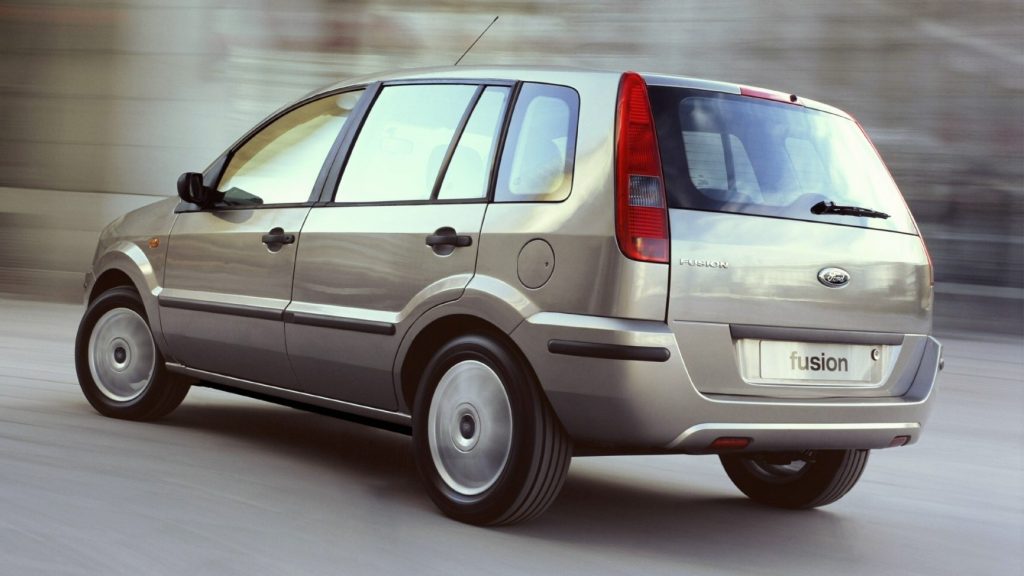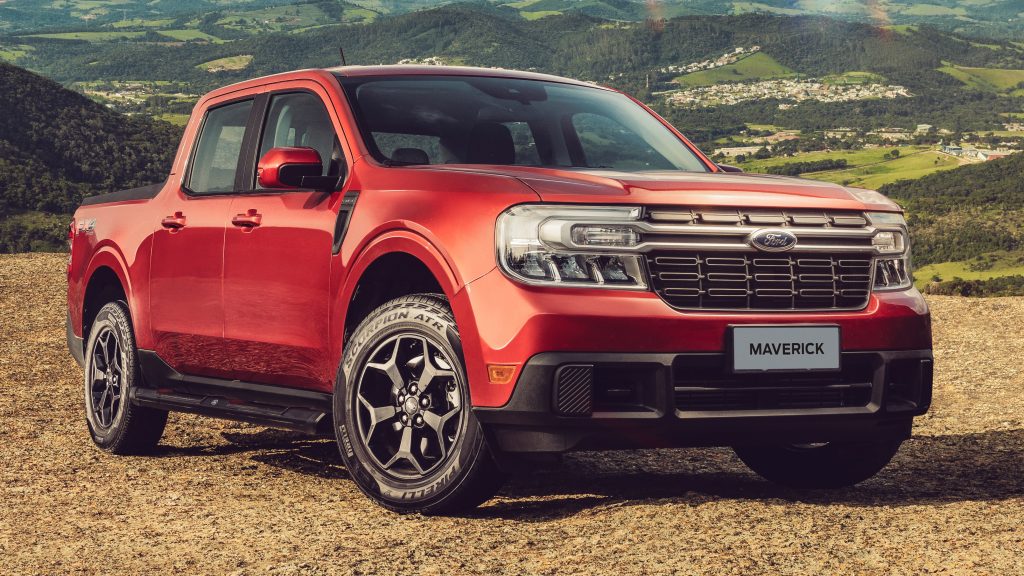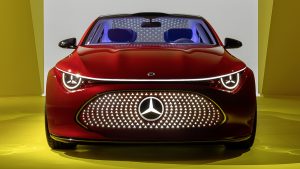Back in the early 2000s, magazines were my main source of information regarding cars. I was a child back then, so I would gladly save my allowance to get all the latest issues. In 2003, however, they decided to make things easier for me and subscribed to one of those magazines. That memory came to mine these days as I was reading about the demise of the Ford EcoSport.
The very first magazine issue I received had a large photo of a red example of the EcoSport’s first generation. Ford released it weeks earlier and the press was excited. It was the first modern compact SUV and the company’s Brazilian branch received credit for most of its development.
The EcoSport made success in the 2000s, got a new generation at ten, and followed the natural course until its discontinuation. However, there is much more to say about it. Automobible is going to show its ups and downs in context and see what Ford’s plans to replace the once-promising SUV. Shall we start?
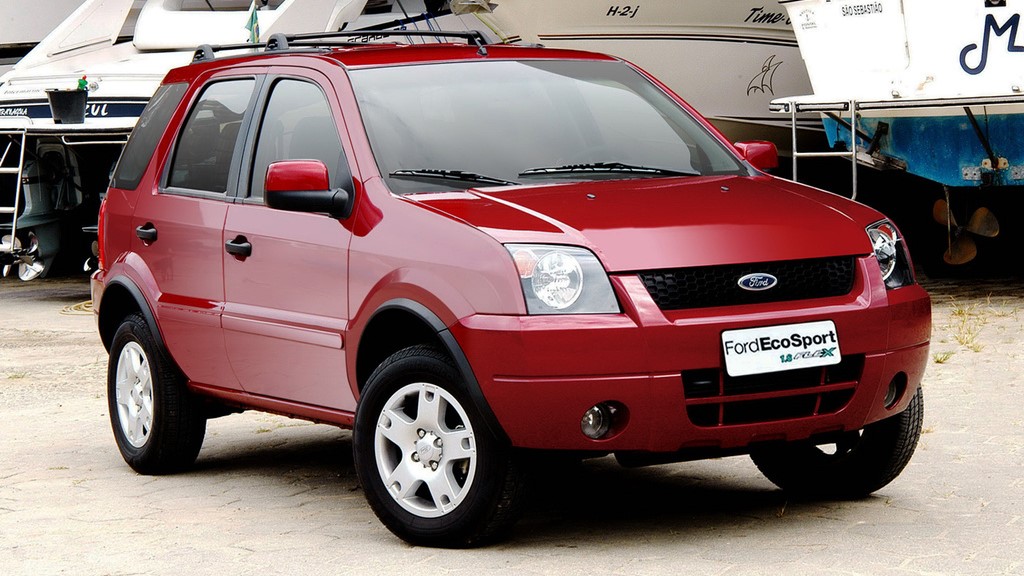
The EcoSport was a symbol of its time
At that time, a light off-road trend started by the Fiat Palio Adventure in 1999 took over the Brazilian market. Automakers would upgrade hatchbacks, station wagons, pick-ups and even minivans. They would receive unpainted body kit, noticeably taller ride height, long-distance lights, exclusive visual accessories, and a full equipment list. Some models had all that as an item package while others offered a regular trim level with that theme.
Both the press and the public were intrigued with Ford because it was the only one of the most important automakers in Brazil not to fully engage in that trend. However, all answers appeared in 2003: instead of a reworked model, the EcoSport was a fully dedicated light off-road model – often considered the first subcompact SUV, since models such as the first Honda HR-V or the Toyota RAV4 were more expensive or had different purpose and characteristics.
The Brazilian branch used a clever solution to circumvent the typical high development cost of such a car. It heavily modified the Fusion, an European minivan based on the same platform as the fifth-generation Fiesta. While Ford preserved its basic shape, it redesigned many key components. The EcoSport received a more casual appearance with the off-road flair which was so popular in Brazil at the time.
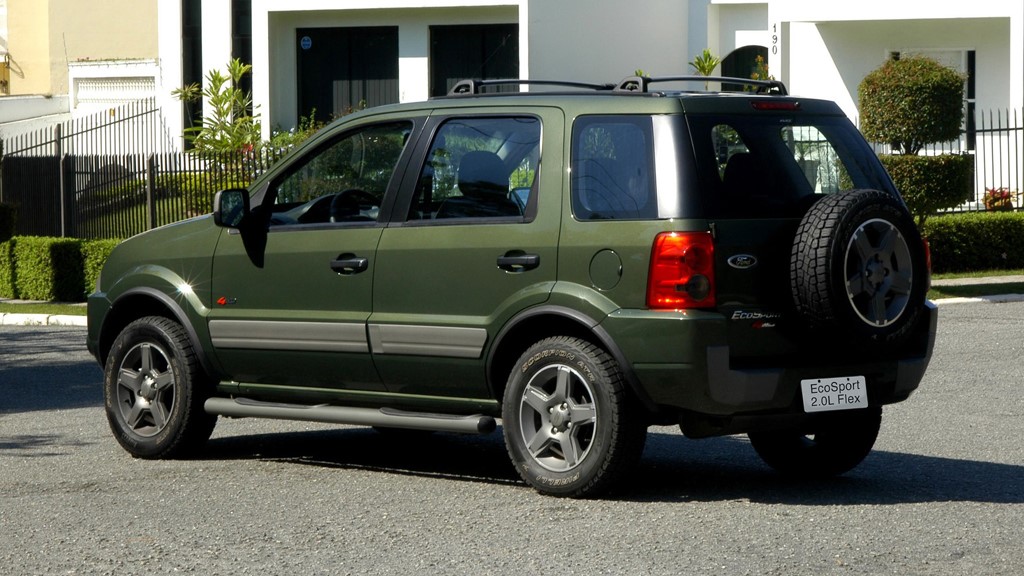
A whole market niche for the EcoSport
Results were not surprising: the EcoSport sold well in Latin America, especially at high-end versions with automatic transmission and AWD. Over the years, it helped skew that market trend towards upscale models with complex changes rather than low-cost ones. The FreeStyle version, packed with a value-oriented equipment list and several exclusive accessories, was one of the favorites.
Despite those great sales, competitors took surprisingly long to concoct a direct competitor. The EcoSport managed to be the only subcompact SUV available in Latin America until 2010, when Renault brought the Duster. Both models eventually shared their increasing number of buyers and only then founded a typical market segment. That is when more companies decided to join that party… and when Ford realized that it had to help its pioneer keep up.
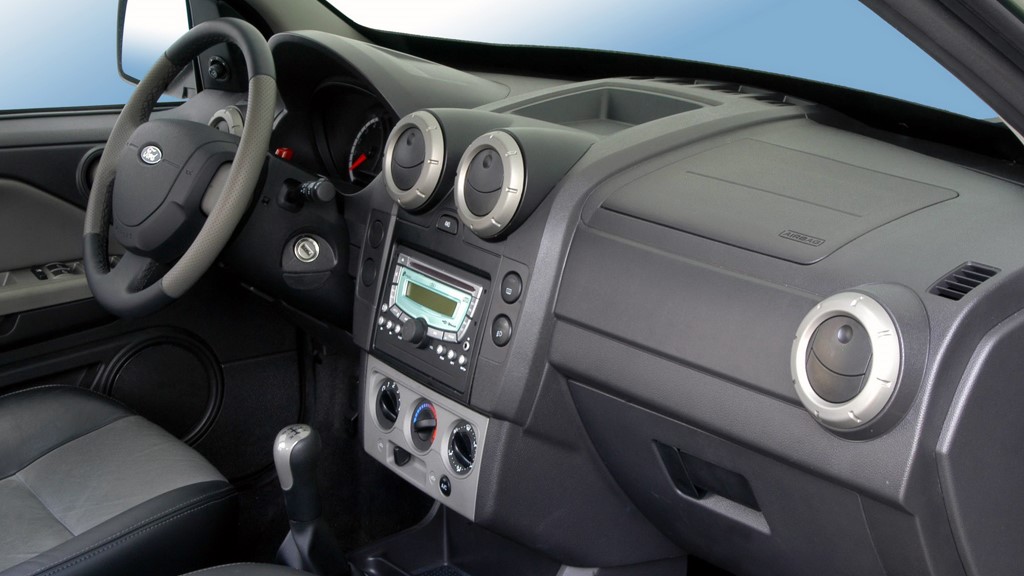
Since the EcoSport was successful and the market had few rivals, it should have been easy to design its replacement. The thing is, Ford decided to think big and made it part of the One Ford policy of the time. The goal was to create models capable of competing in multiple regions with as few changes as possible to cut development costs. The company developed the all-new SUV under that guideline.
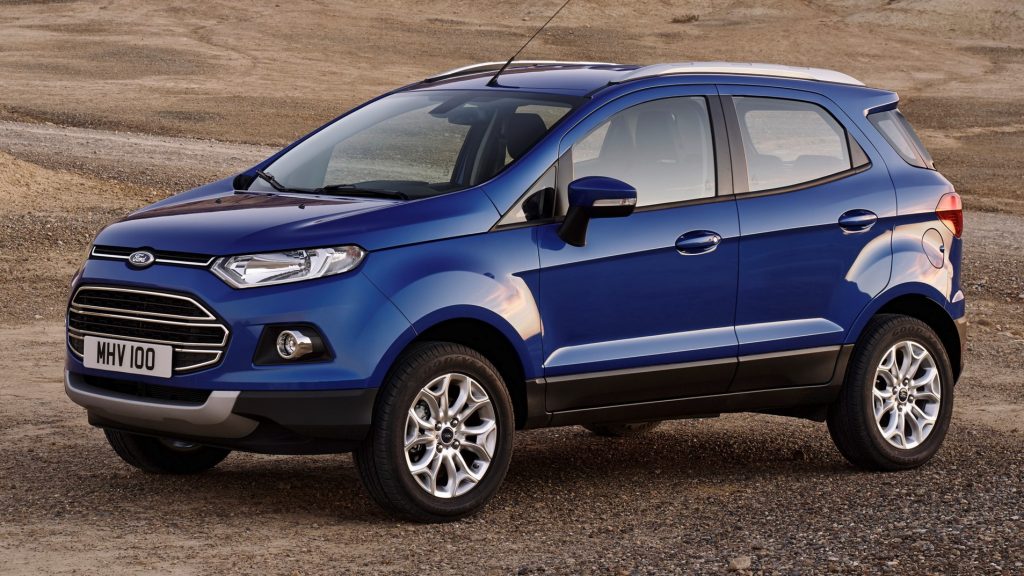
Global aspirations
Expectations could not have been higher. The all-new EcoSport debuted ten years after the first one and intended to be a global product. For that, it borrowed the Fiesta‘s platform once again but deserved a visual identity of its own: it was sportier and more athletic. European influences had clearly taken over a model which used to mimic Ford’s North-American SUVs. Nevertheless, the light off-road capability was still there, paired to newer powertrain.
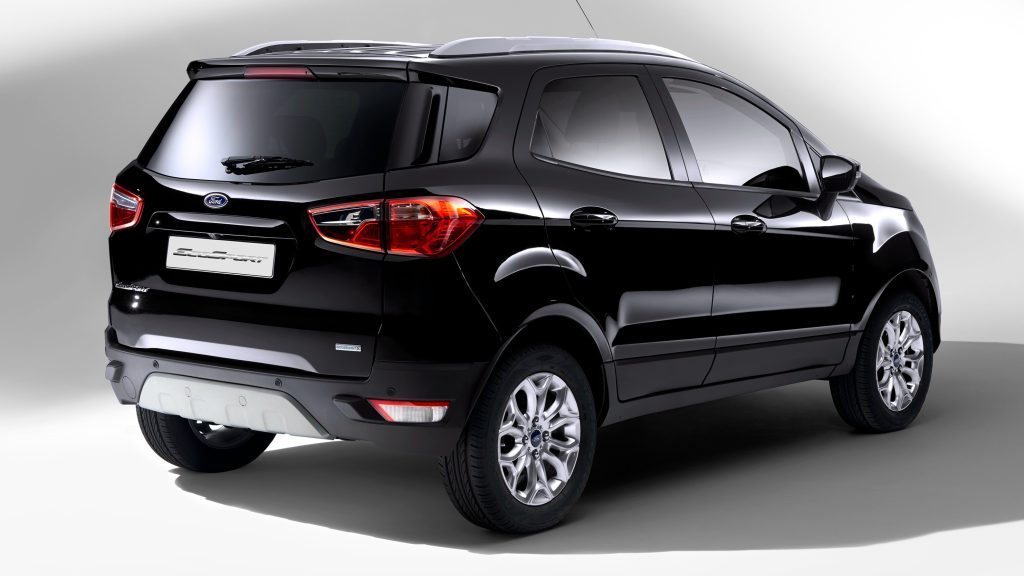
While the new model stood strong in Latin America, reception was mixed in other regions. In short, it can be said that the EcoSport fell too close to local standards, which unfortunately are generally lower than those of Europe and North America. It received recurring complaints for its tight internal space, unrefined dynamics, and underpowered engines. Besides, the fact that it was produced in few countries drove up its prices in many markets.
As if that was not enough, Ford only released the EcoSport in those other regions one or two years after the Brazilian debut. Considering their market standards and the increasing number of rivals, the SUV was already old when it went on sale. In fact, another common issue was the lower number of technology items available. There was a comprehensive face-lift in 2017 with simultaneous releases, but it was not enough.
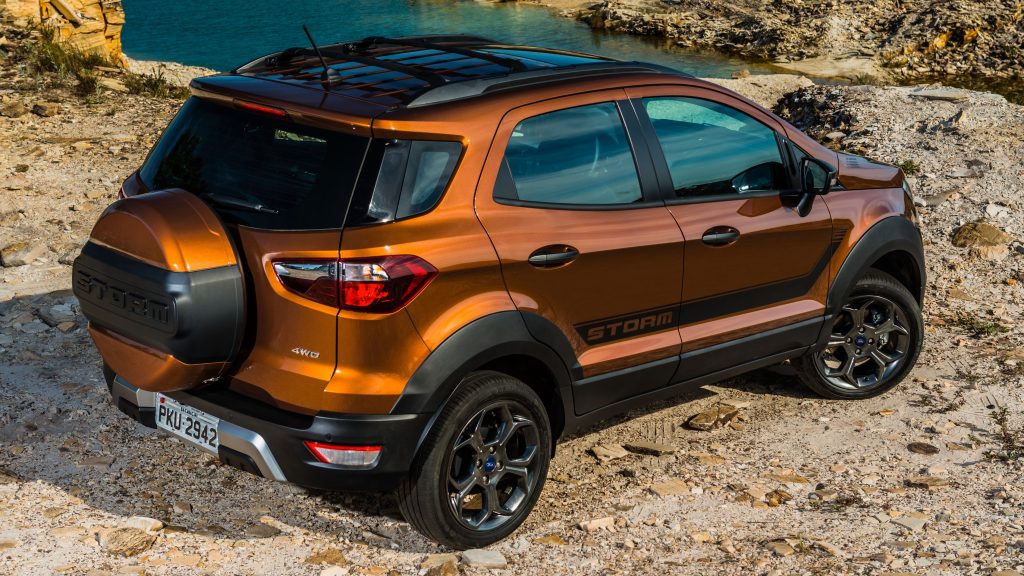
Fighting lost battles
Ford’s efforts to make the EcoSport competitive included design adaptations, such as relocating the spare wheel to the cabin; the use of different powertrain combinations in each region; and the creation of specific trim levels like the one above. However, none of that made the model roomier or more technological as the market demanded. The SUV only got more complaints and fewer sales as the years passed.
Normally, the solution would be to create a new generation to address all those issues. While Ford actually started to do that, it ultimately decided to go different ways: the all-new Puma debuted in Europe in 2019, as an unofficial but obvious replacement, while the Maverick arrived in North America two years later as a pick-up truck because it was considered more appropriate for there.
What about Brazil? As part of a global reorganization plan, Ford decided to end local production; that decision affected the Ka line as well. The EcoSport survived a little longer in other regions but eventually succumbed once Ford retooled its factories to focus on newer projects. Just like that, Ford discontinued the SUV with no successors on its twentieth year of production.
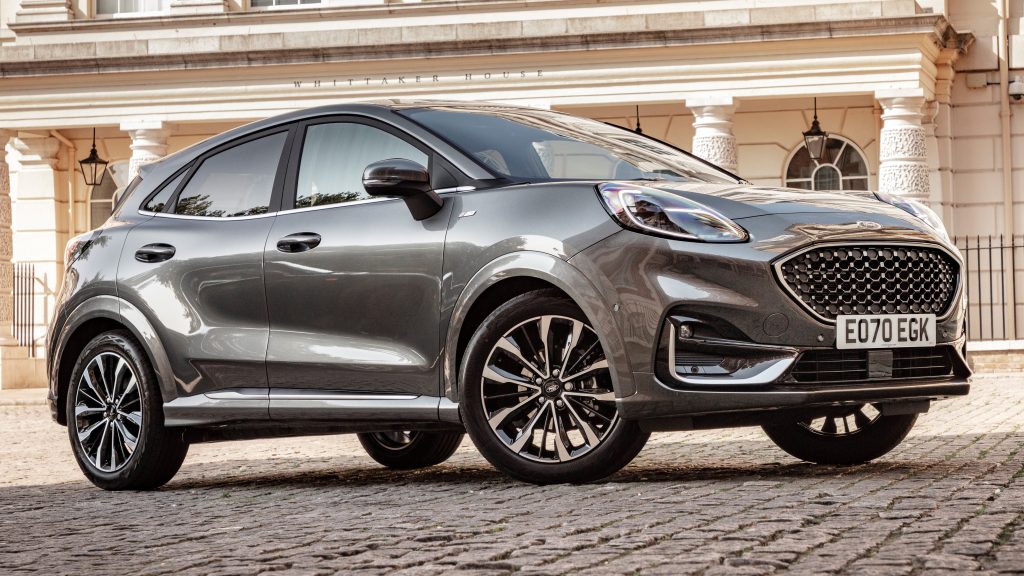
What do you think of the Ford EcoSport?
By becoming overconfident about the history of its product, Ford ended neglecting some key marketing factors when taking the EcoSport abroad. What is your opinion on all that? Did it deserve a second chance in the form of a complete replacement or was Ford right to move on and invest in other projects?
Danillo Almeida has explored his passion for cars in two distinct ways. The first one is his graduation course in Mechanical Engineering, which will hopefully lead to a job position in the field. The other one is expressing his knowledge and opinions on the matter through writing. Almeida has already contributed to blogs, stores, and websites in general writing automotive content in many formats.

